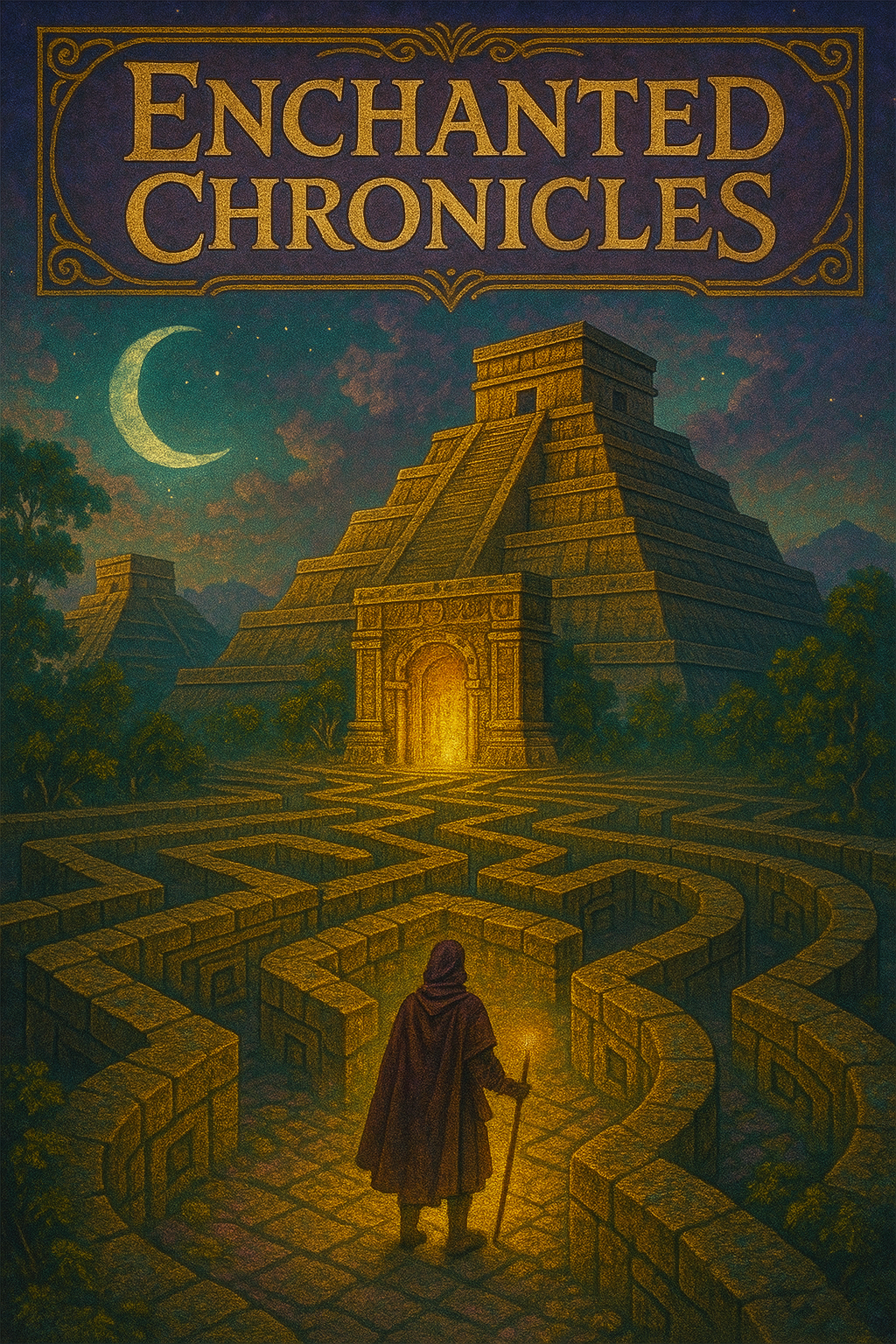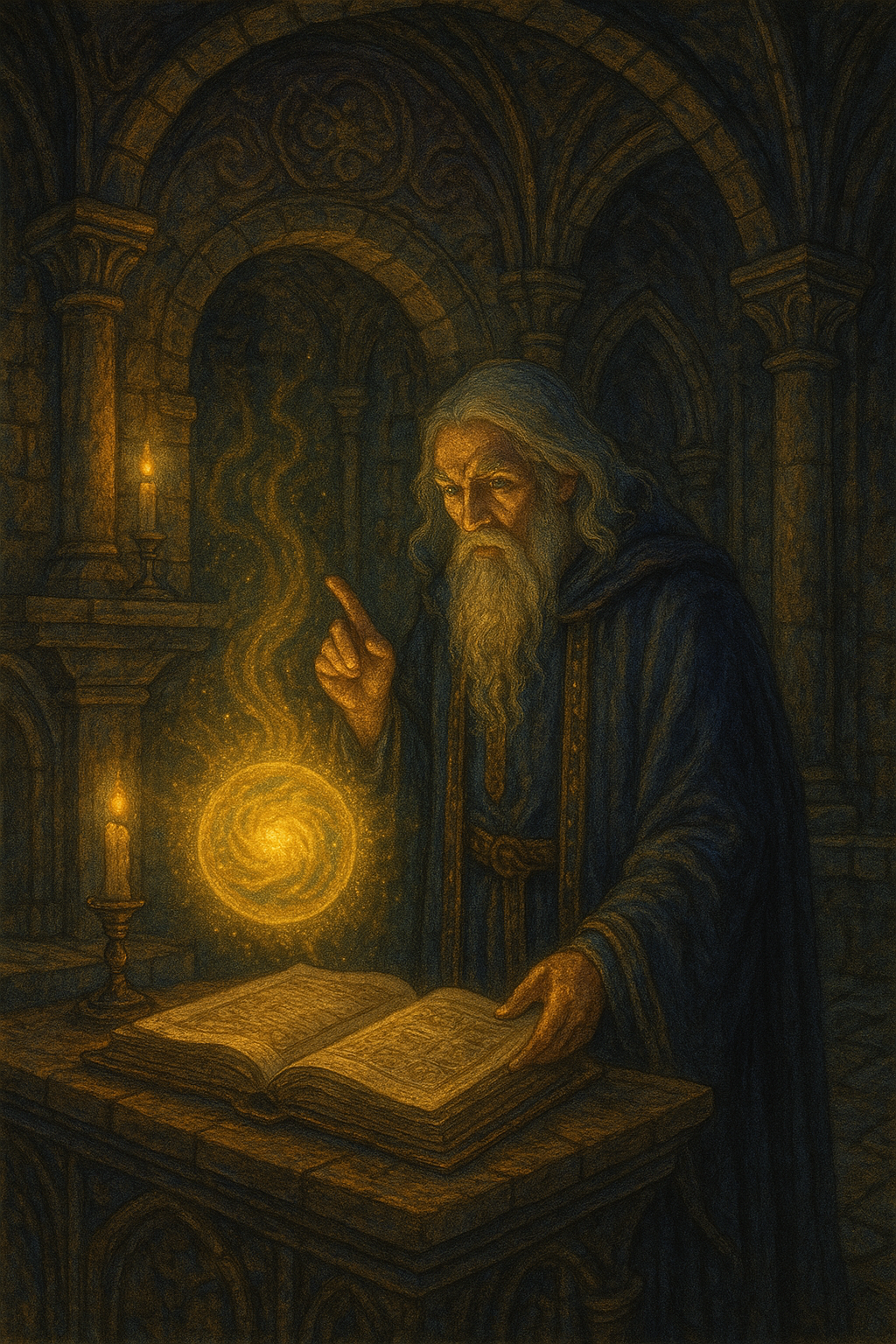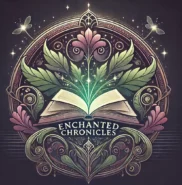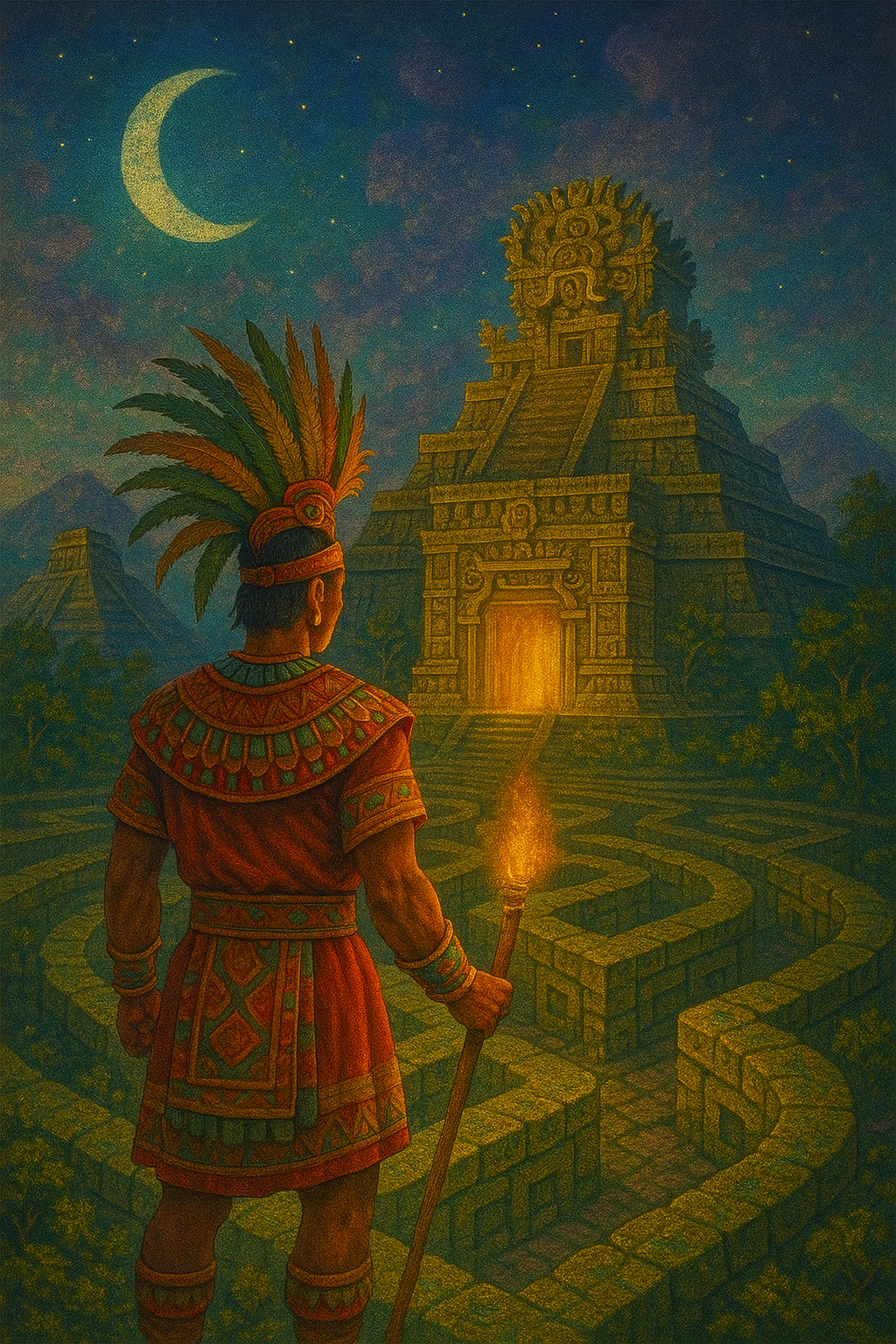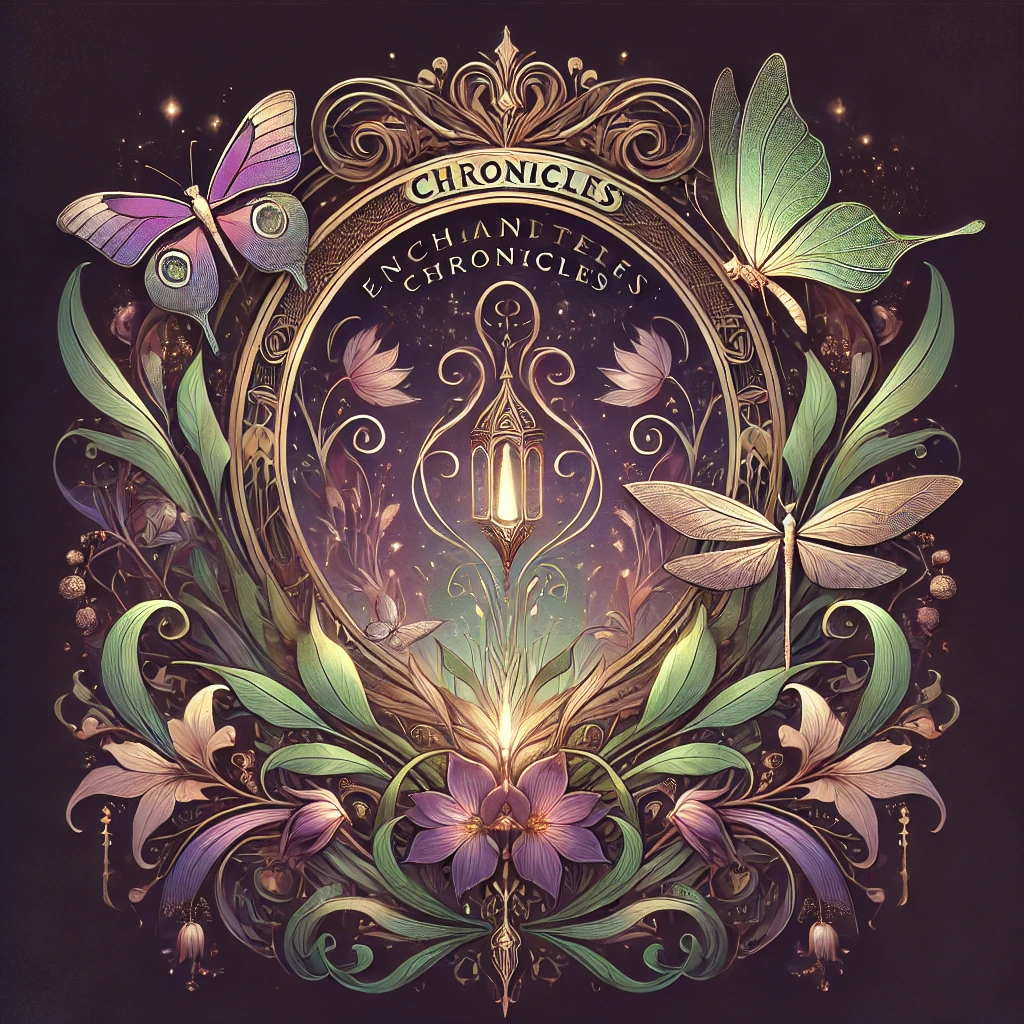The Labyrinth of Teotihuacan
Origins and Historical Context
Dating back over 2,000 years, Teotihuacan (Mexico) was a thriving metropolis with monumental pyramids, temples, and plazas.
The Aztec labyrinth, located beneath or near some of the city’s most sacred structures, was not merely an architectural curiosity. According to archaeological studies, it was designed to test both the courage and intellect of those seeking divine knowledge.
Ancient priests believed that only those who could navigate its winding corridors could earn favor from the divinities and access the hidden wisdom of the cosmos.
A metaphor for life’s trials
Legends tell of intrepid explorers entering the labyrinth and facing illusions crafted by the deities themselves. Some say the corridors shifted, appearing endless to the unworthy, while the truly courageous discovered hidden chambers filled with ritual objects, sacred stones, and glyphs foretelling the cycles of time. The labyrinth was considered a metaphor for life’s trials, a place where mortal fears confronted divine truths.
Over centuries, the city of Teotihuacan fell into decline, and much of its lore faded into obscurity. Yet the labyrinth’s mystery persisted in local folklore. Aztec and Maya cultures inherited tales of hidden passages, guardians, and trials. Stories were passed down orally, describing heroes who braved darkness and emerged with wisdom or treasures.
These tales inspired rituals, artwork, and even moral teachings about perseverance, courage, and respect for the unknown.
Current times
Today, the Labyrinth of Teotihuacan continues to captivate adventurers and spiritual seekers. Archaeologists have partially excavated sections, revealing complex stone corridors, ceremonial chambers, and engraved symbols that hint at its sacred purpose.
Modern-day celebrations often include guided tours, immersive storytelling sessions, and festivals that honor the ingenuity and spiritual significance of Teotihuacan.
Visitors are invited to explore the site not just as a tourist attraction but as a portal into the mysteries of ancient Mesoamerican civilization.
The labyrinth also inspires contemporary literature, art, and virtual experiences. Writers and filmmakers draw on its mythos, portraying it as a place where the physical and spiritual worlds intersect.
Travelers are encouraged to embrace the journey—both the physical exploration of stone corridors and the symbolic path of self-discovery. The legend of the Labyrinth of Teotihuacan is alive, inviting all who hear it to test their bravery and intellect.
One last word
Whether viewed through the lens of history, archaeology, or mythology, the labyrinth remains a symbol of Human curiosity and resilience. It challenges us to confront our fears, solve complex puzzles, and emerge transformed—echoing the ancient belief that divine knowledge is reserved for those who are willing to navigate life’s most intricate paths.

